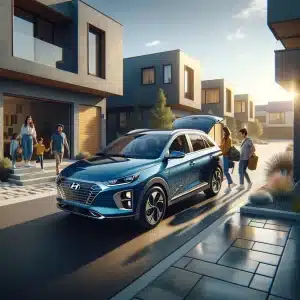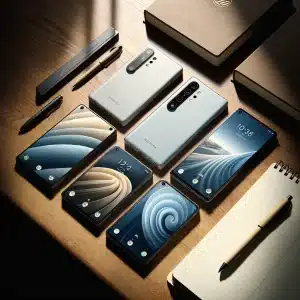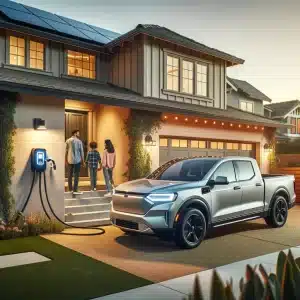A New Era Begins: Introducing the MG4, an Affordable Electric Car With Game-Changing Batteries
The global hunt for an affordable electric car that doesn’t skimp on range or modern tech may finally be over. MG has just pulled the wraps off the 2025 MG4 in China, and the headlines are huge: a fresh design, sharper technology, and the tantalising promise of semi-solid state batteries. For years, battery scientists have hailed solid-state chemistry as the holy grail of EV power—higher energy density, faster charging, and vastly improved safety compared with conventional liquid electrolytes. Yet cost and manufacturing hurdles have kept the technology confined to research labs or six-figure luxury prototypes.
The MG4 could flip that script. By pairing its proven rear-wheel-drive hatchback platform with next-generation battery tech, MG aims to deliver a truly affordable electric car that finally puts range anxiety to rest. The brand’s European success—over 40,000 MG4s sold since launch—shows buyers are hungry for value-packed EVs that feel familiar to drive and painless to own. Now, the 2025 refresh promises a roomier 4.4-metre body, full-width LED light bar, and a class-leading digital cockpit co-developed with smartphone giant OPPO. Most important, MG’s parent company SAIC has invested billions into battery R&D, positioning the MG4 to be a realistic pathfinder for semi-solid state battery technology at mainstream prices. By September, when Chinese orders open, we’ll know if this vision translates from stage talk to showroom reality.

Design & Platform Upgrades: How the MG4 2025 Refresh Reinvents the Affordable Electric Car
Look past the eye-catching paint options and you’ll notice that the MG4 2025 refresh rides on SAIC’s Nebula platform. At 4.4 m long with a 2.75 m wheelbase, the hatchback gains precious cabin space without bloating into crossover territory—maintaining the tight turning circle and lively handling that early owners love. Subtly sculpted aero lines reduce drag, while a closed front grille channels airflow around redesigned headlights. Around back, an arrow-style LED cluster spans the tailgate, giving the car a premium stance rare among affordable electric car rivals.
Under the sheet metal, engineers stuck with rear-mounted permanent-magnet motors, still good for 120 kW and a 160 km/h top speed—plenty for European autobahns or Australian highways. The updated chassis integrates larger crumple zones and stiffer subframes, crucial for housing the upcoming MG4 solid state battery pack without compromising crash safety. Inside, MG fixes small frustrations from the outgoing model: traditional door handles replace quirky flush units, and revised seats finally add adjustable lumbar support to keep long-distance backs happy.
The result is an affordable electric car that looks, feels and performs like a segment above its price bracket. For readers cross-shopping Volkswagen’s ID.3 or BYD’s Dolphin, the MG4 2025 refresh could be the most compelling mix of practicality and driving fun—especially if semi-solid state battery technology ships on day one.

Battery Breakthrough: Semi-Solid State Technology Inside an Affordable Electric Car
Battery chemistry is where the MG4 2025 refresh vaults from evolutionary to revolutionary. SAIC executives hinted onstage that production cars will ship with a semi-solid state battery pack—potentially making this the first affordable electric car to do so. Traditional lithium-ion cells rely on flammable liquid electrolytes; semi-solid state cells suspend those chemicals in a gel-like medium, dramatically reducing fire risk while cramming more active material into the same footprint. In practice, owners can expect longer range, steadier performance in extreme temperatures, and a noticeably slower rate of capacity loss over years of DC-fast-charging abuse.
Exact kilowatt-hour figures remain under wraps until September, but suppliers close to SAIC claim energy density could jump 20–30 % over today’s 64 kWh LFP pack. That would put real-world range well north of 500 km WLTP—elite territory for a budget EV with long range credentials. Charging times are also set to improve: semi-solid cells can tolerate higher C-rates, meaning a 10-to-80 % top-up in under 25 minutes on a 350 kW charger isn’t out of the question. Safety regulators will like the chemistry too; lower thermal runaway risk makes it easier for MG to meet Euro NCAP and ANCAP standards.
If MG pulls this off, competitors such as BYD’s Seal or Hyundai’s Ioniq 5 may need to fast-track their own solid-state roadmaps. For readers wanting deeper dives, check our earlier post on “How Toyota plans solid-state production” for background.
Smart Cockpit & Connectivity: OPPO Joins the Affordable Electric Car Revolution
Beyond batteries, the MG4 2025 refresh debuts a brand-new digital cockpit co-developed with smartphone powerhouse OPPO. The goal is simple: bring the seamless UX of a flagship phone to an affordable electric car. A 15-inch floating display runs a custom Linux-based OS that boots in under five seconds and natively mirrors Android, iOS and, naturally, OPPO’s ColorOS devices. Voice commands powered by an on-board NPU recognise natural speech even with windows down at highway speed, while gesture controls let drivers swipe between navigation and Spotify without taking eyes off the road.
MG’s integration goes deeper than screen mirroring. Users can unlock the car, pre-condition the cabin or schedule charging via OPPO’s IoT hub, and over-the-air updates promise quarterly feature drops—think new driver-assist algorithms or extra arcade-style games for the stop-charge queue. Crucially for privacy-minded buyers, all vehicle data is stored on-device and encrypted with hardware keys that never leave the car.
Tech like this traditionally lives in premium EVs such as the Mercedes EQB; seeing it in an affordable electric car could pressure legacy brands to up their infotainment game. If you’re comparing systems, our article “Android Automotive vs Apple CarPlay: Which Wins?” provides context on why native platforms matter. For now, the MG4’s OPPO cockpit might be the most intuitive interface under £30K.
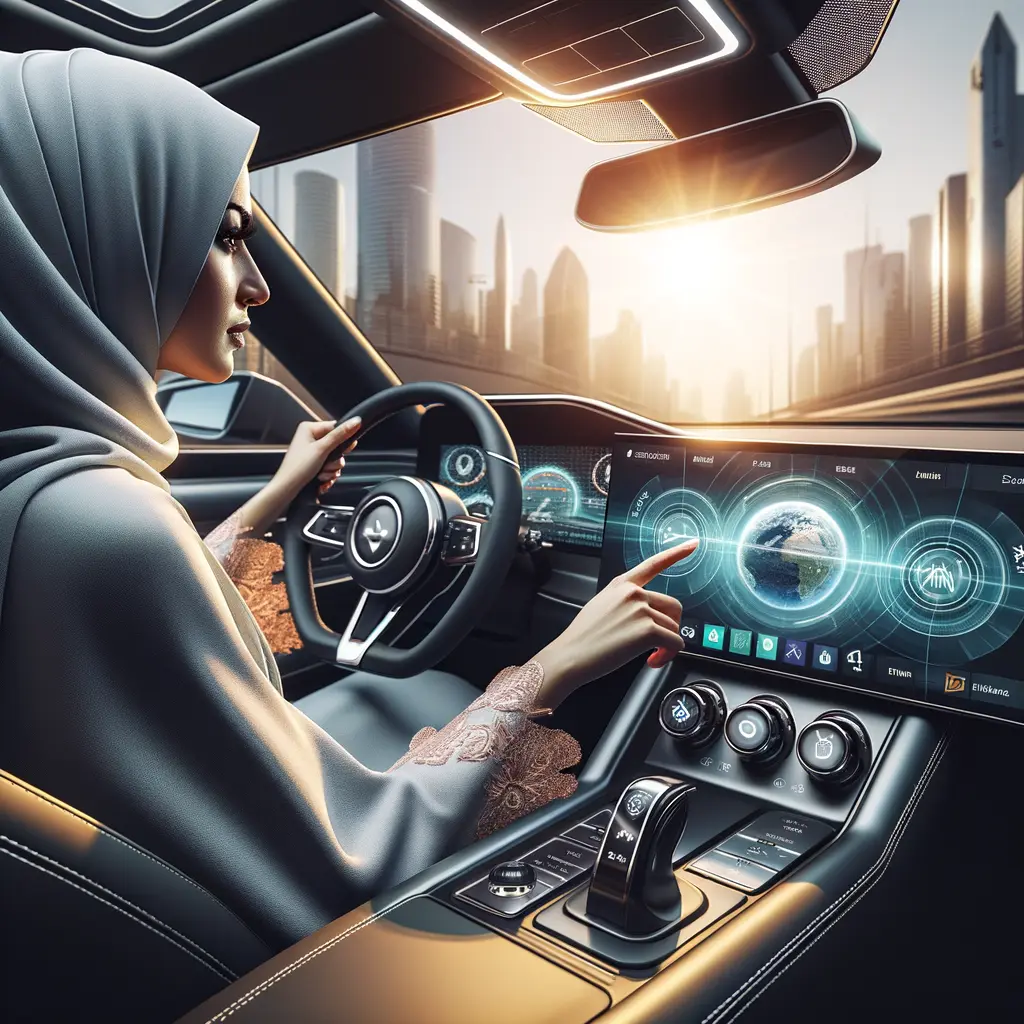
Global Impact: How the MG4 Could Redefine Budget EVs With Long Range
MG’s strategic plan calls for 30 new electrified models over the next two years, backed by a colossal US$14 billion investment. The MG4 sits at the centre of that offensive, and its success will ripple through markets from Europe to Southeast Asia. Sales data already prove appetite: MG moved 78,000 vehicles in Europe last quarter alone, with the MG4 accounting for a major slice. Analysts at JATO Dynamics predict that if the refreshed MG4 ships below €33,000 with semi-solid state battery technology, it could seize 7–10 % market share in the compact EV segment by 2026.
Such traction would pressure rivals like Volkswagen’s ID.3 and Renault’s Megane E-Tech to cut prices or accelerate battery upgrades. In emerging markets—India, Thailand, Brazil—where import duties inflate Tesla prices, an affordable electric car offering 500 km range would be transformative for middle-class buyers. Fleet operators also stand to benefit; lower degradation rates cut total cost of ownership, making the MG4 a compelling alternative to diesel hatchbacks for ride-share and delivery companies.
MG’s aggressive rollout mirrors BYD’s global push, but with a pricing edge and the marketing pull of that MG4 solid state battery headline. Industry watchers should bookmark our “BYD Dolphin vs MG4 comparison” for a detailed spec showdown once official numbers land.
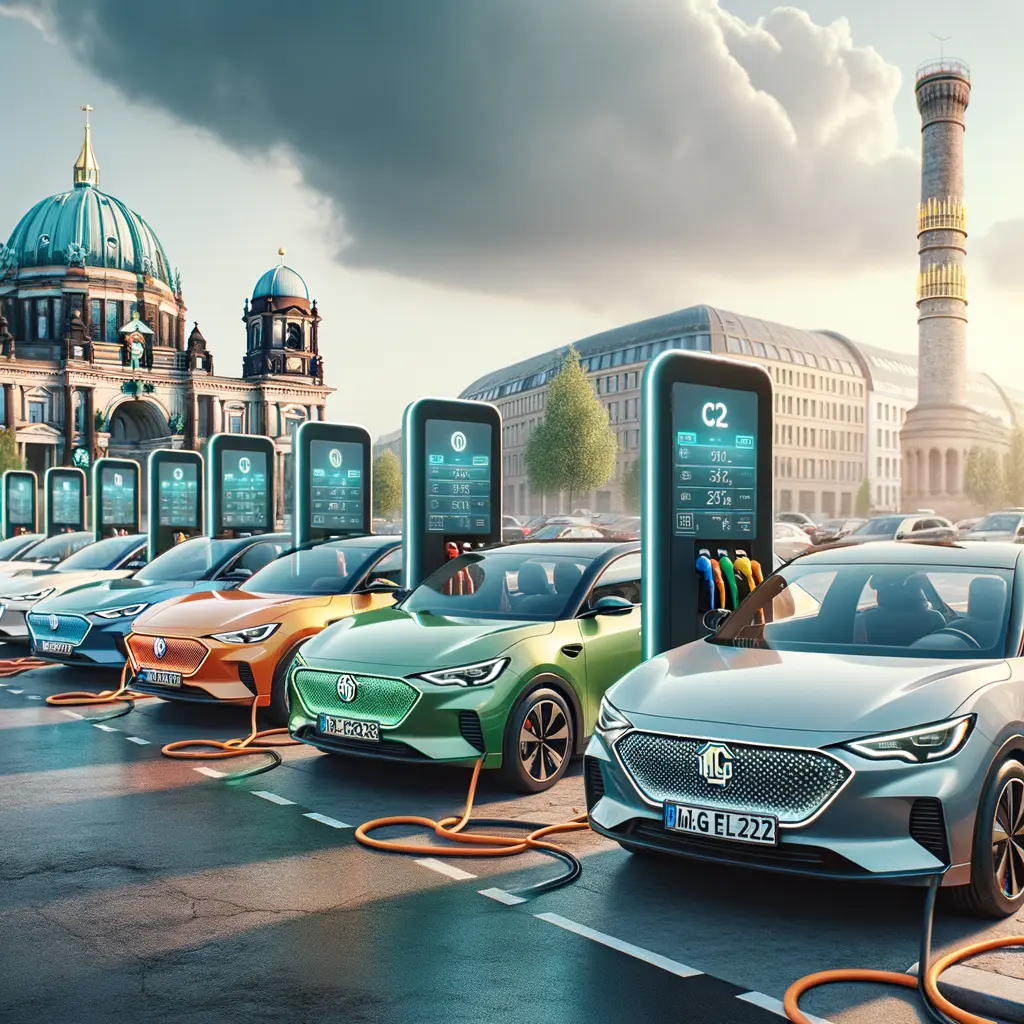
Final Verdict: Will the MG4 Become the Benchmark Affordable Electric Car?
Spec sheets alone don’t win hearts, but the MG4’s blend of semi-solid state innovation, smart connectivity and sharp pricing positions it as the affordable electric car to watch in 2025. If MG can validate promised range figures, maintain sub-30-grand pricing in the UK and replicate European safety scores, the hatchback could become a watershed model—much like the original Nissan Leaf did a decade ago. Early adopters gain bragging rights as some of the first motorists to daily-drive semi-solid state battery technology, while mainstream buyers enjoy the practical benefits: longer intervals between charges, cooler running packs and stronger resale values.
Customers still have questions—final kWh capacity, DC-fast-charge rates, and whether the MG4 solid state battery option will reach every market or remain China-exclusive at launch. Those answers will emerge closer to the September 5th on-sale date. Until then, savvy shoppers should monitor local dealer allocations and consider placing refundable deposits; demand is likely to outstrip early supply, just as it did when the original MG4 arrived.
In the relentless race toward cleaner transport, affordability is king. By injecting cutting-edge cells into a mass-market hatch, MG might finally prove that an affordable electric car doesn’t have to compromise on range, safety or tech. Keep an eye on our upcoming “First Drive Review of the MG4 Semi-Solid State” for real-world verdicts as soon as test cars hit European roads.


